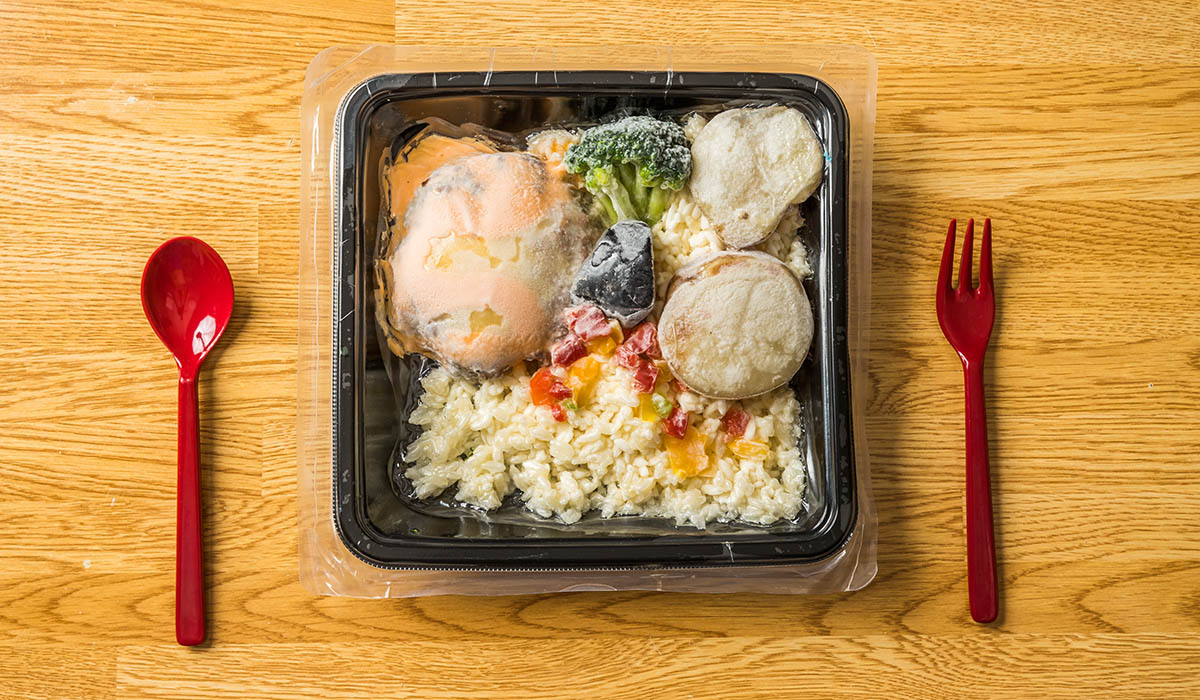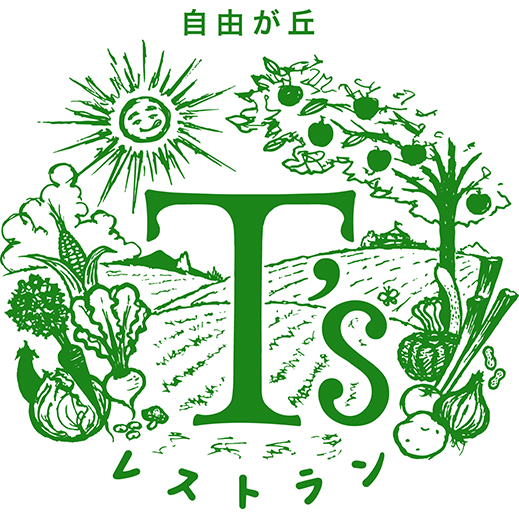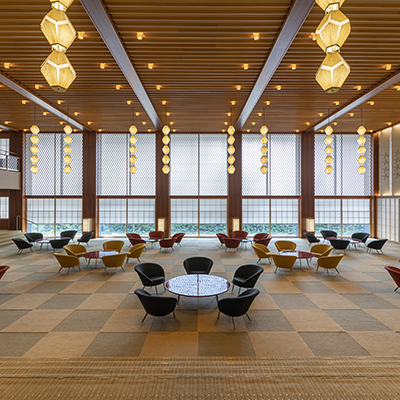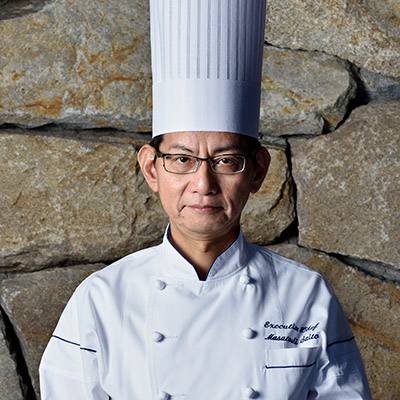June 12, 2023
Frozen Foods have Become a Mainstay on the Dinner Table

Frozen foods have taken root in households as an alternative to eating out under the new coronavirus, with the market size reaching a record high in 2022. Sales are strong despite high prices, and significant food suppliers such as Nichirei Foods are introducing high-value-added products as staple foods. Time-performance orientation of consumers, who value time efficiency, is also a tailwind.
According to the Japan Frozen Foods Association, domestic consumption will reach approximately 1.2 trillion yen in 2022, an 11% increase from the previous year. The driving force is the home market. Domestic production (based on shipment value) was 406.1 billion yen, exceeding that for hotels, restaurants, and other businesses. Consumption also increased to 23.9 kilograms per person per year. Both reached record highs. The association's survey showed that nearly 70% of respondents use frozen foods at least once a week.
Frozen foods also have "price increase resistance." In February, the Japan Frozen Foods Association examined the impact of the price increase and found that only about 2% of respondents decreased their purchases of frozen foods. In contrast, the snacks were close to 10%.
Retailers are also finding commercial opportunities in cold food. Aeon Retail will develop a new business model, "@FROZEN," specializing in cold food. The first store opened in 2022 in Chiba Prefecture, offers 1,500 items. Authentic products suitable for dinner, such as steaks and ethnic dishes, are popular and sell for 1,000 yen or more. The company plans to open a second store in the fiscal year 2023.








